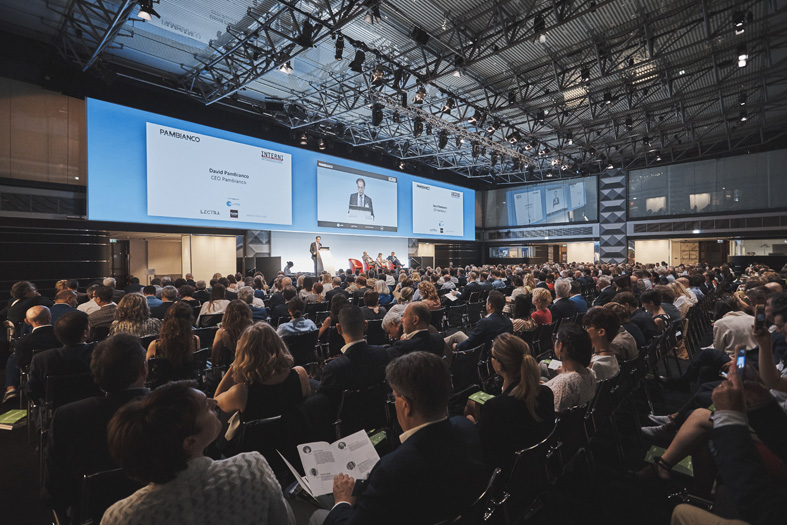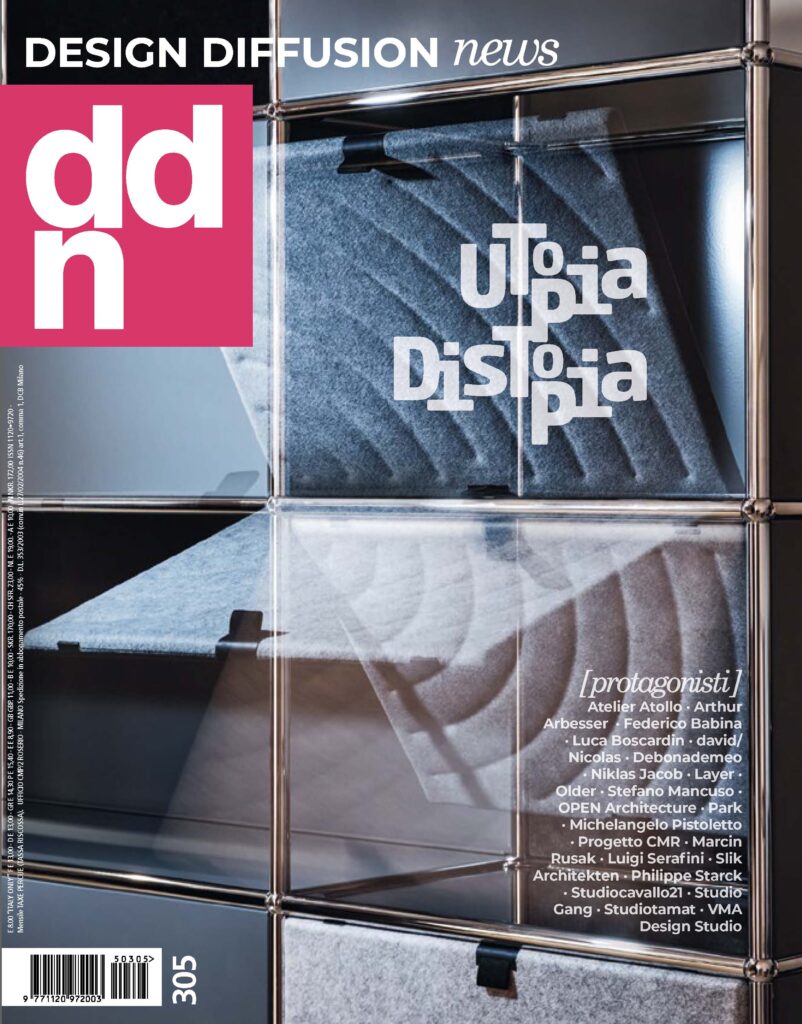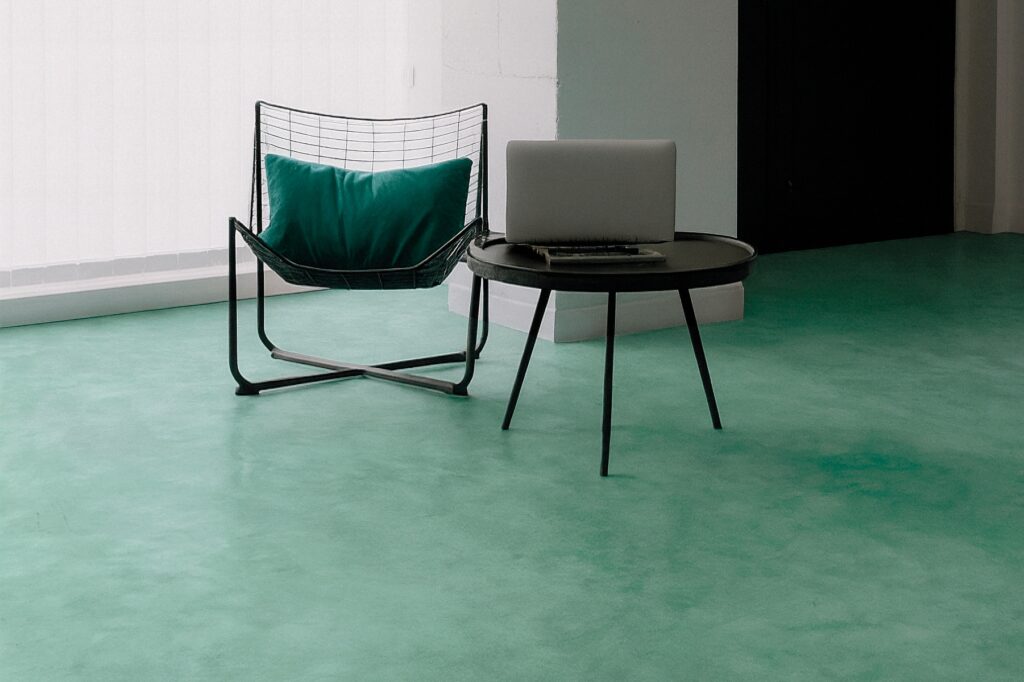A conference organized by Pambianco focuses on the new course of design distribution through new channels
Pambianco, the consulting firm specialized in the luxury sector, every year, for 5 years now, has been organizing a conference inviting entrepreneurs, retailers, architects and players in the design furniture sector, to take stock of the situation. The 2019 edition, held in June, focused on the changes underway in the distribution, which are affecting the production.
Purchases of furniture, in the last 10 years, have grown by 25.3% worldwide, with an average annual growth rate of 2.3% (research by Pambianco based on the data provided by CSIL-Centro Studi Industria Leggera). The area in which the furniture sector experienced the greatest expansion is Asia, with a growth of 108% between 2008 and 2018; while the United States grew by 17%, European consumption fell by 17%, and the rest of the world is essentially stable.
For an industry that exports 51% of its production, such as the Italian furniture industry, the growth of the world trade is good news. However, it is worth investigating how the distribution of furniture takes place, a critical factor for the sector, which in recent years is undergoing profound changes that are beginning to affect production cycles.
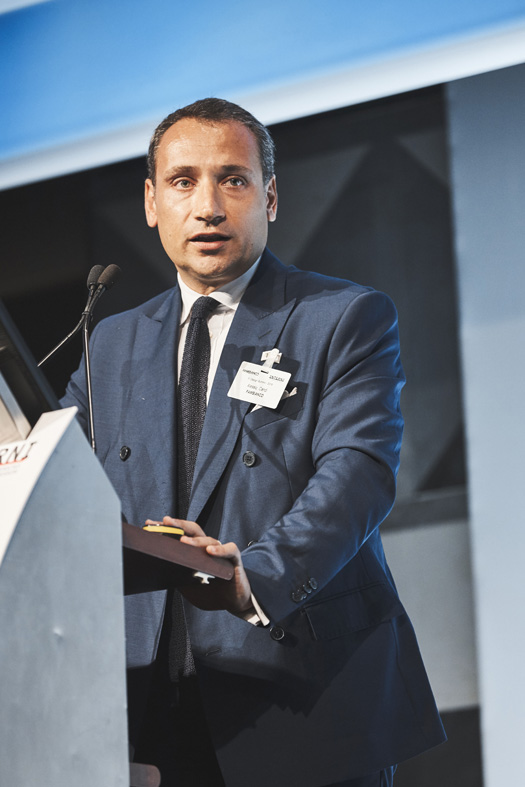
Pambianco Design Summit 2019: the main distribution channels for design products
Currently, distribution takes place through four main channels:
– Wholesale (including multi-brand and franchise stores)
– Contract (turnkey projects or multiple off-the-shelf supplies)
– E-commerce
– DOS (monobrand stores of large chains, high-end monobrand stores)
Luxury and premium products are (still) sold in stores
As a statistical figure, it is interesting to notice that there are about 6,000 multi-brand stores in the world, 2,000 of which in Italy. Another figure, which is particularly interesting for Italian production, is that people buy premium and luxury products in stores mainly – 60% in the premium segment and 85% in the luxury segment.
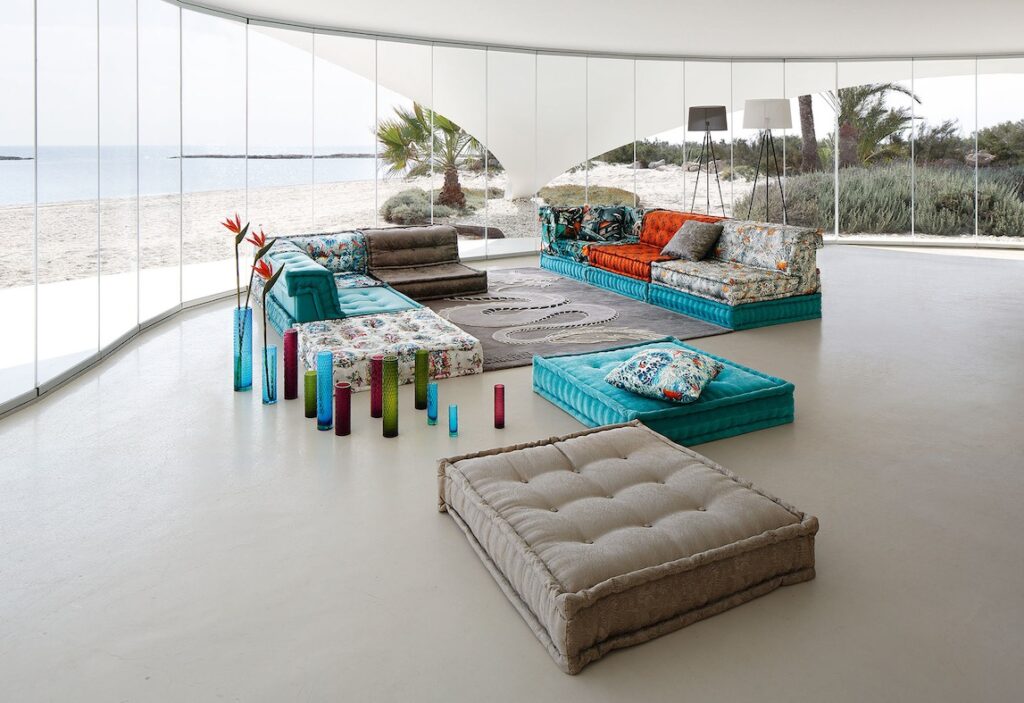
Contract: a channel on the rise
A further analysis reveals that contract is a distribution channel that is rapidly expanding, as proven by almost all the entrepreneurs who participated in the conference. This great development in the contract field is beginning to influence companies’ production methods. As explained by Angelo Meroni, President of Lema, a company that began to heavily invest in contract in 2004, with a dedicated team, “…Today Lema’s contract division has a turnover ranging from 25 to 30 million Euros”. However, adds Meroni, “contract turnover fluctuates greatly, because it involves complex projects, with variable timing. Therefore, it is necessary to be organized to deal with ever-changing workloads, both from a financial and a productive point of view, where great flexibility is needed. We are lucky because we are in Brianza, a region with a network of excellent suppliers and sub-suppliers, able to work facing these conditions. Moreover, contract is a very interesting testing ground – concludes Meroni – as it needs a certain amount of products, unlike the residential sector. Once new products and materials have been developed, they can be produced for the residential market as well.”Therefore, contract is an interesting channel but it requires dedicated investments. The other companies that took part in the conference, such as IOC with Caterina Pepori, confirmed that the contract sector offers opportunities for development. IOC, in particular, has been recently rebranded to meet the needs of the office sector, which is undergoing profound transformations as well.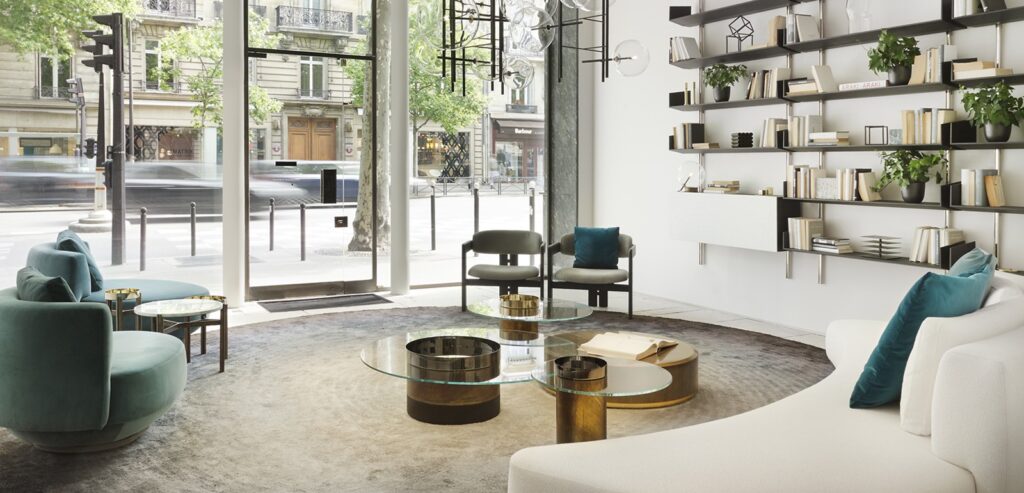 Silvera store on Boulevard Saint-Germain, in Paris[/caption]
Silvera store on Boulevard Saint-Germain, in Paris[/caption]
E-commerce: mainly low-cost
E-commerce is growing, although in Italy it does not exceed 1-2% of the market. By the way, if we consider the United States as a reference market, where e-commerce represents 13% of the market, we can see that it is reserved for mass market products. The portal with the highest turnover, in fact, is Wayfair.com, which totals $6.8 billion, followed by Amazon, with $6 billion, and Westwing (former Dalani in Italy), with $250 million. Among the hybrid brands, which have both physical and online stores, are Williams Sonoma, with a $3.1 billion turnover and an e-commerce share of 57%, Ikea, with a $1.9 billion turnover and an e-commerce share of 5%, and Maisons du Monde, with an e-commerce share of 23% and a $250 million turnover. All these chains of stores and portals specialize in popular and low-end products; the only portal that records interesting performances in the United States in a higher range is Restoration Hardware, which has an e-commerce share of 12% with a turnover of about $300 million. Few data, but enough to realize that for Italian companies, 70% of which are specialized in premium or luxury products, e-commerce is not a priority yet.
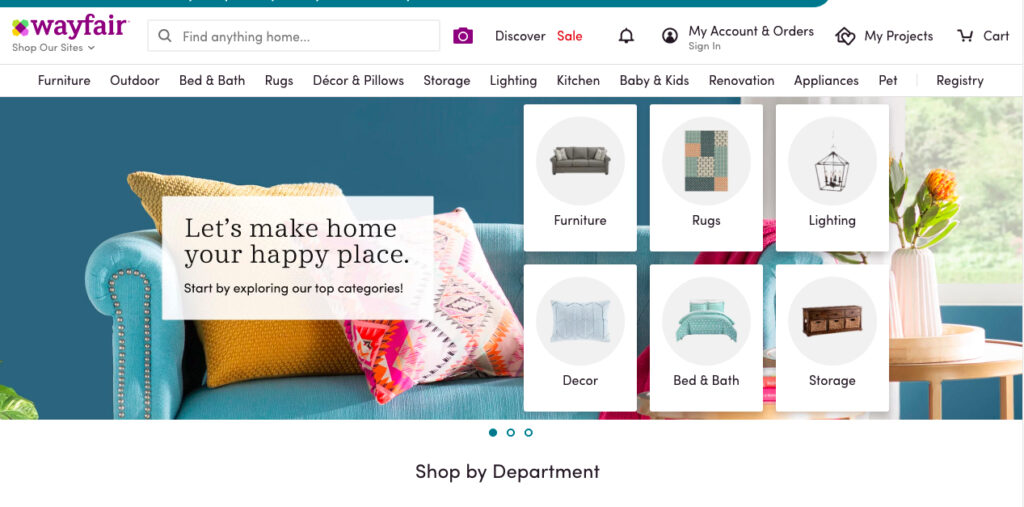
Finally, from the Pambianco Design Summit 2019 it emerges that the furniture market is undergoing a profound transformation and that distribution is changing as well. Changes are rapid and companies must be increasingly faster and more responsive in perceiving the changes taking place in the market. The good news is that, aside from Europe, the furniture market is growing worldwide. And, even more positively, Italy still occupies a leading position in this market, with exports constantly growing.
[Text Roberta Mutti]
Discover also How to sell furniture both in physical and online stores according to two Italian brands






